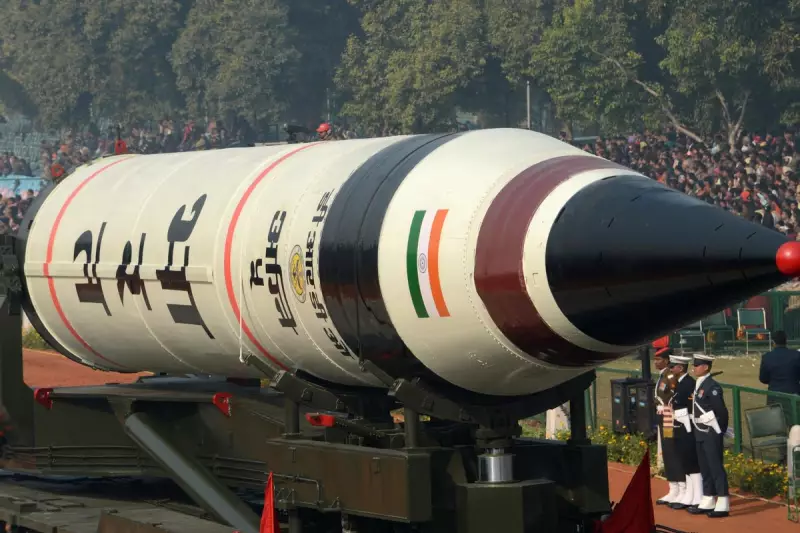
In a landmark demonstration of military prowess, India has successfully test-fired its most formidable ballistic missile, the Agni-5, from a defence facility on Dr APJ Abdul Kalam Island off the coast of Odisha.
The test is particularly significant as it is the first to feature cutting-edge Multiple Independently Targetable Re-entry Vehicle (MIRV) technology, developed by the Defence Research and Development Organisation (DRDO). This sophisticated system allows a single missile to carry multiple nuclear warheads, each capable of being directed towards a different target.
A Quantum Leap in Strategic Capability
The successful launch of the 'Divyastra' missile—a name meaning 'Divine Weapon'—represents a monumental stride for India's defence programme. Prime Minister Narendra Modi heralded the achievement, praising the scientists behind the project for strengthening the nation's security and sovereignty.
MIRV technology is a game-changer in strategic warfare. It complicates an adversary's defence systems by forcing them to intercept multiple warheads simultaneously, vastly enhancing the missile's penetration capability and overall deterrence value.
A Message to the Region
While the test is a routine part of India's strategic weapon development, its timing is seen by analysts as highly symbolic. It occurs amidst ongoing military tensions with China along their disputed Himalayan border and just days before PM Modi is scheduled to visit Arunachal Pradesh, a region Beijing claims as its own.
This test firmly positions India among a small, elite group of nations possessing MIRV technology, a club that includes the UK, US, Russia, China, and France. It signals India's resolve and capability to ensure credible deterrence in the face of regional security challenges.





